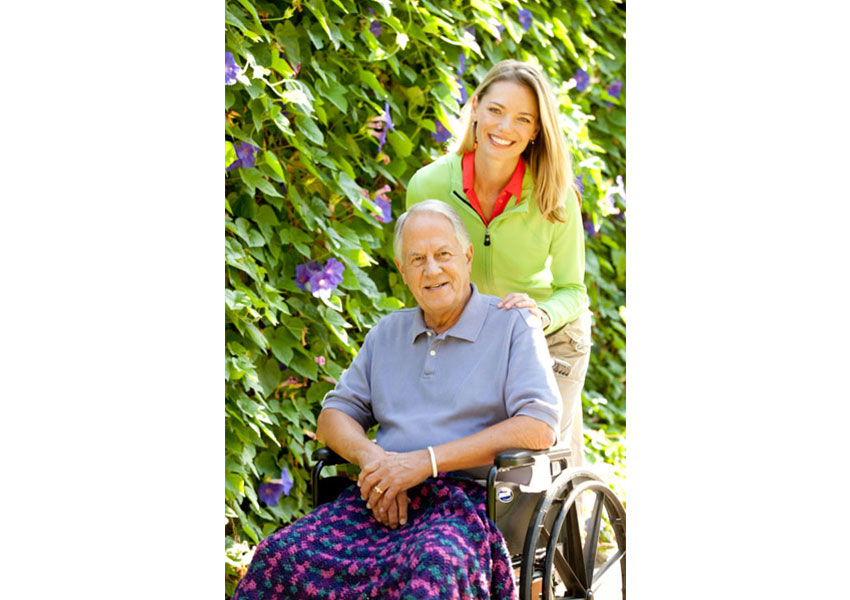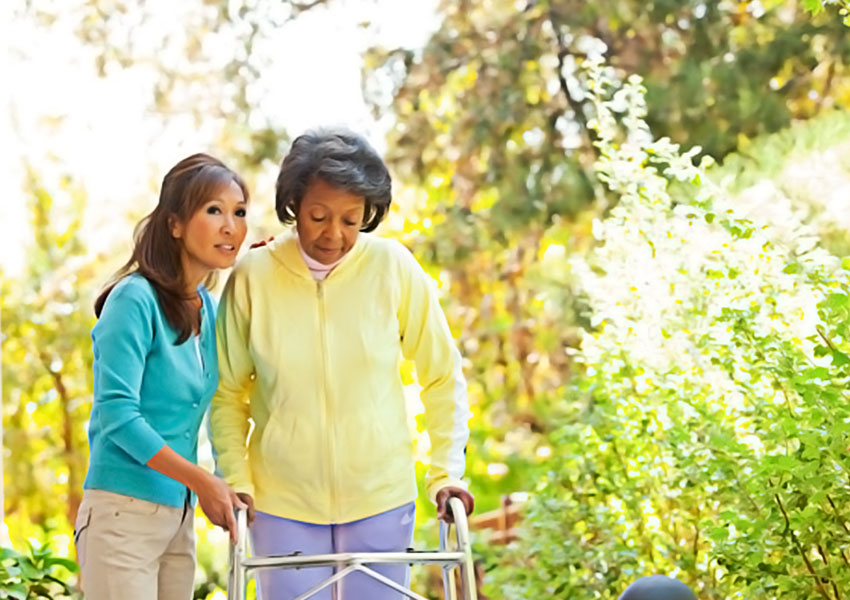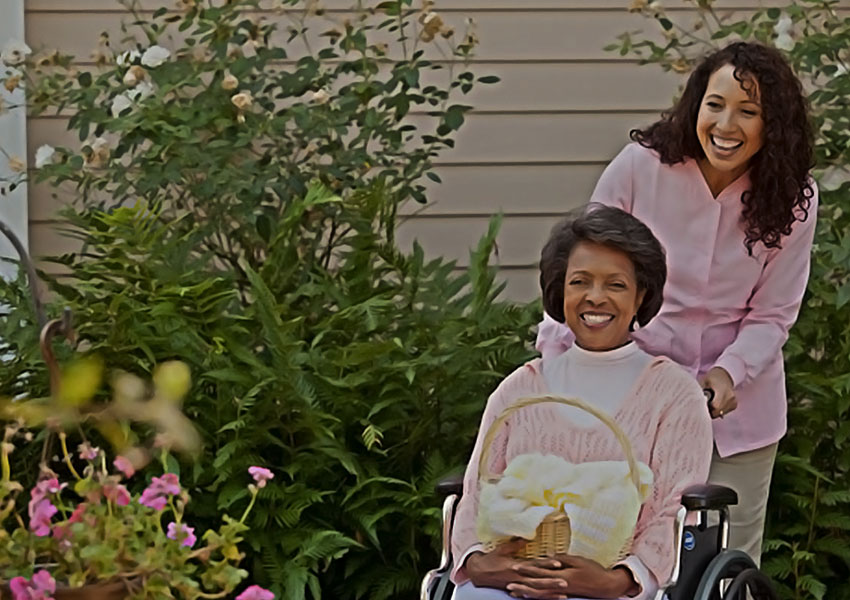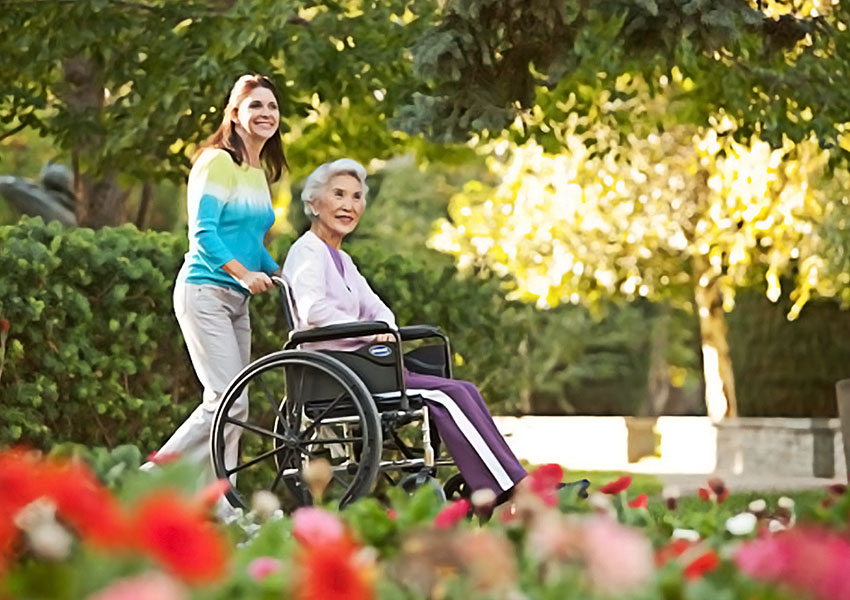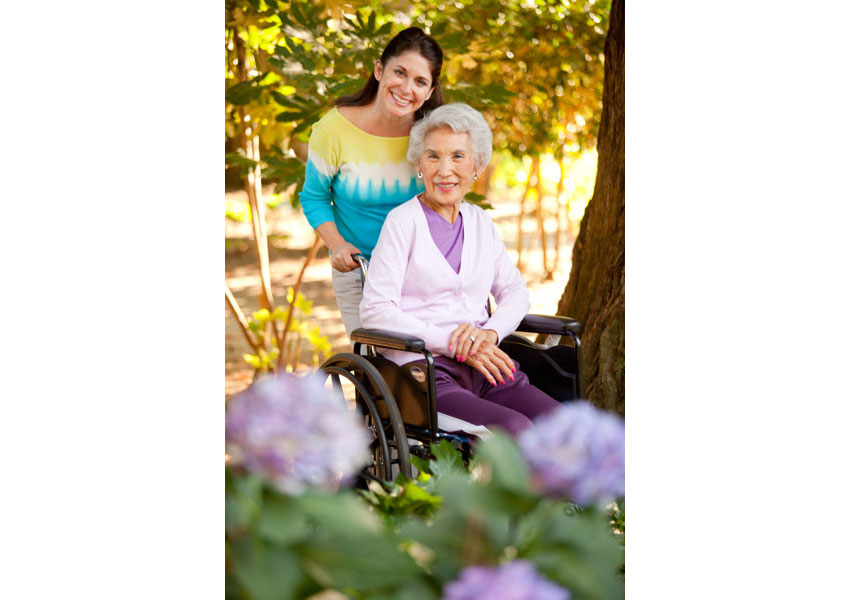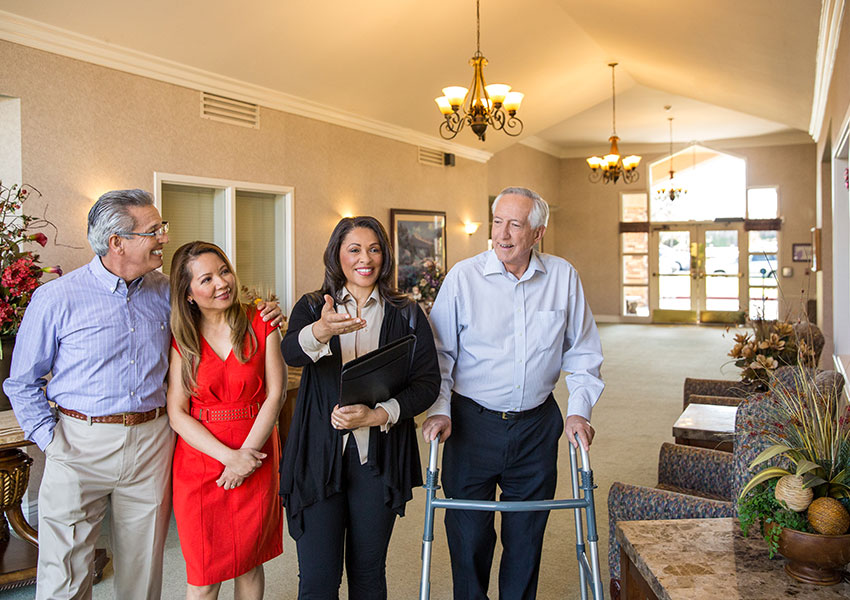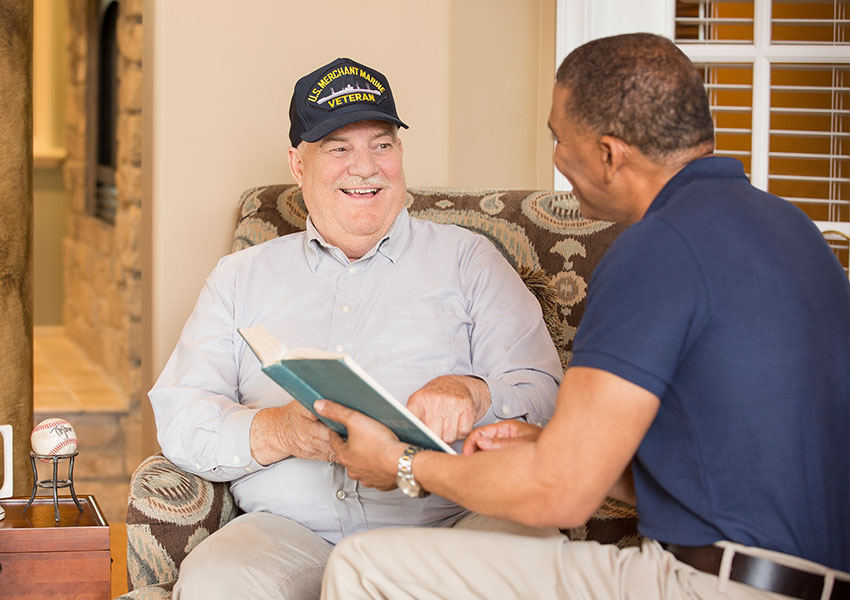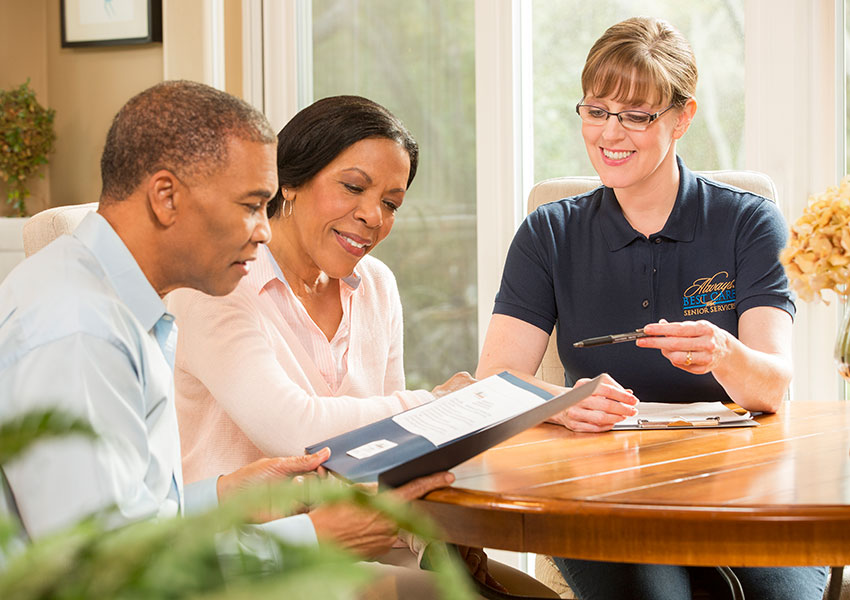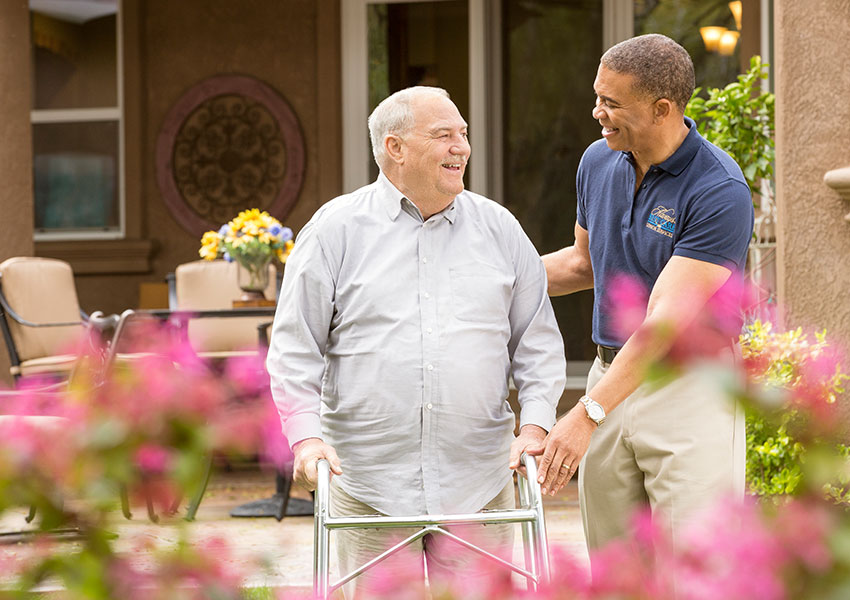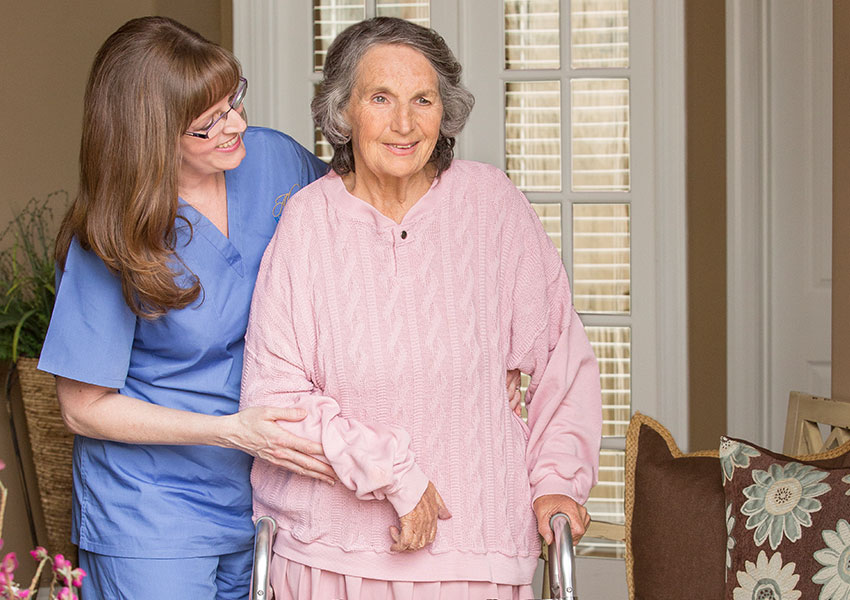Everyone needs a vacation now and then, even senior citizens living at home or in an assisted living community. Interest in traveling seems to increase with age, and today’s technology makes it easy to travel with older individuals. With a bit of preparation and planning, vacationing with seniors is easy and highly rewarding.
Mobility, medications, and documentation are the largest obstacles when vacationing with seniors. To make travel easier, plan to meet these challenges before you embark on your vacation.
Pack wisely
Make sure to bring enough medication to last longer than you plan to be away, just in case something delays your return. Pack a small bag to use as carry-on luggage or to place within reach inside your car. Inside that bag, place one day’s worth of medication, copies of prescriptions, tickets, visas and passports, extra eyeglasses and copy of prescription, a snack, a change of clothing, and a camera.
Make sure you have plenty of available funds in your credit cards and ATM bank cards; traveler’s checks are not as widely accepted as they used to be.
Take advantage of existing senior travel programs. Associations like Elderhostel, a non-profit organization devoted to life-long learning, promote and facilitate travel among older individuals. Established in 1975, Elderhostel now offers accommodations for seniors in hostels, inns, and other luxurious-but-affordable establishments. Elderhostel can help you with everything from booking tickets to reserving a room.
RoadScholar categorizes trips and tours by activity level, ranging from easy to challenging. Easy adventures entail minimal walking and very few stairs, for example, while moderate programs require the ability to walk up to one mile in a single day or stand in a museum for a few hours. Easy activities might include a short drive or train trip to watch a play, attend a film festival, or just to take in the sights. A car trip through Arizona punctuated with short walking tours around monuments would constitute a moderate vacation on that website.
Preparing to Travel with a Senior
Before you leave, make sure you have gathered all of the senior’s contact information, such as physician’s name and phone number, emergency contact other than yourself, and telephone number of the person taking care of the senior’s affairs while they are gone. Make sure passports are valid for at least three to six months after you plan to return, just in case you run into some sort of trouble that prevents your prompt return. Review all travel advisories and make sure you have put passports and other important documents in a secure place. Ask your senior’s home care aide to help you if you need assistance.
If you are leaving the country with a senior citizen, consider enrolling in the Smart Traveler Enrollment Plan. The U.S. Department of State provides this program, known as STEP, to assist travelers in an emergency. The program is free and voluntary.
Contact the airline or train depot to check for delays. Check in using the airline website at least two hours before departure for domestic flights and at least three hours before leaving on an international flight. Some airlines allow you to use your cell phone for a boarding pass, a process known as e-boarding, rather than using time-consuming paper passes.
Senior citizens may qualify for a simplified security process at airline gates. For example, a person over the age of 75 may not have to take off their shoes, may be able to leave on lightweight outerwear and sweaters, and may be able to pass through a metal detector a second time rather than submitting to a pat down if the alarm is set off. The Transportation Security Administration may allow you to use their TSA Pre-Check to avoid security lines at the airport.
Contact the airline at least 72 hours in advance to find out if it assists passengers with special needs. Some airlines offer wheelchair assistance. Most allow a caretaker to pass through security and the gates to help a passenger as long as the caretaker has made a request at least a day in advance and can produce proper identification and paperwork.
Opt for upgrade seating whenever possible. Sitting for long periods, especially on-board a pressurized airline cabin in coach class, in a small economy car, or bumpy train car, can be very hard on an older body.
Upon Arrival
Once you are at your destination, plan on moving slowly and taking plenty of rest stops. If a museum tour typically takes one hour, for example, plan to take two to three hours. Watch for signs of fatigue.
Ask the hotel if a house doctor is on-call and request the telephone number. Also, write down the location and telephone number of the nearest hospital.
Do your best to stay on schedule for medications. This can be challenging, especially when you travel through different time zones.
Try to maintain a normal diet to avoid stomach upset. An abrupt change in diet can cause unpleasant effects that interfere with vacation plans.
Most of all: enjoy your time. Traveling with a senior citizen can be a deeply enriching and rewarding experience.








